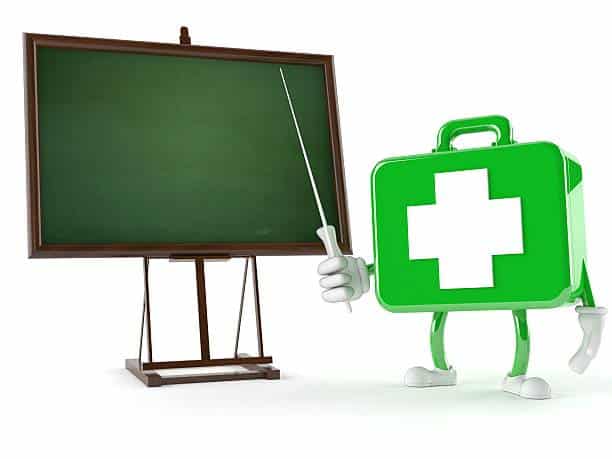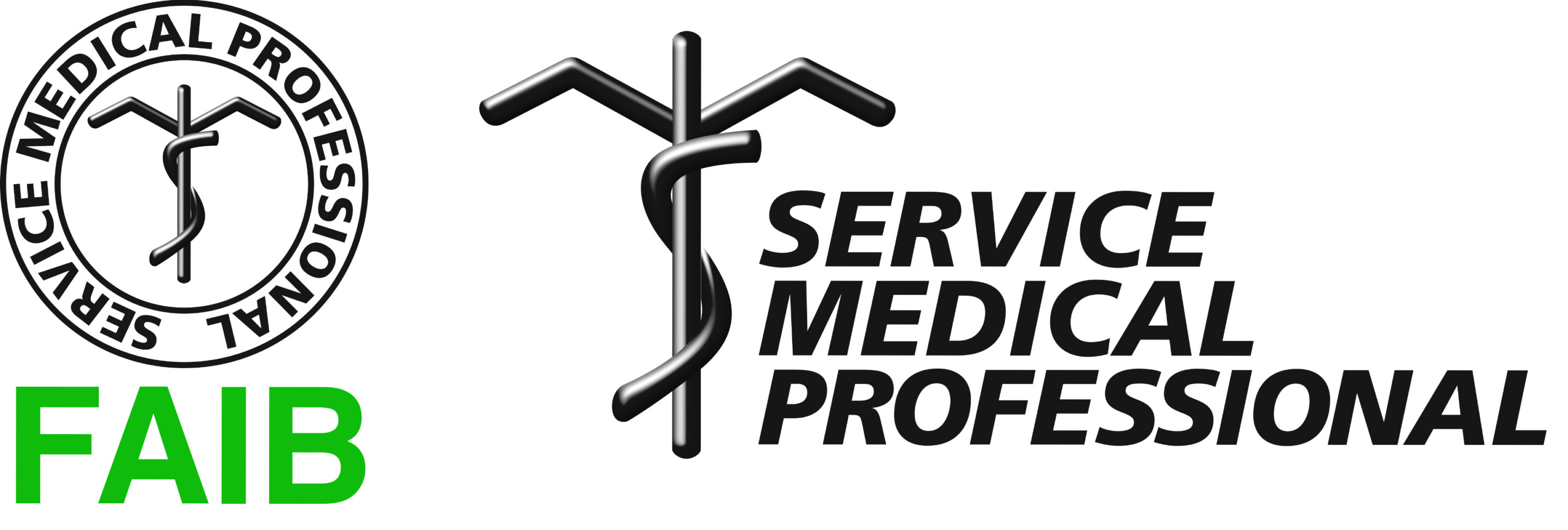
No Change for Schools for Child CPR due to age changes.
Changes in child CPR aged up to 18 and advice for schools regarding child CPR has not changed.
The change in the age upto 18 is because research has shown that paediatric causes of arrest continue into early Adulthood.
Those that are covered by Ofsted still comply with the EYFS requirements for first aid 0-5
However, the First aid at work regulations do not place a legal duty on schools to provide first aid to children, its just recommended But the DfE does.
Schools still must complete a first aid needs assessment and any first aid training must deliver this. This has not changed and has always been the case.
Department for Education and Employment states:
In the light of their legal responsibilities for those in their care, schools should consider carefully the likely risks to pupils and visitors, and make allowance for them when drawing up policies and deciding on the numbers of first-aid personnel.
Training courses cover a range of first aid competences. However, standard first aid at work training courses do not include resuscitation procedures for children. The employer should arrange appropriate training for their first-aid personnel. Training organisations will often tailor courses specifically to schools’ needs. It is helpful to let the training organisation know in advance of any particular areas that should be covered.
So, any EFAW or FAW or other training that is to also cover under 18’s indicated by their needs assessment should include Child CPR. But also check the Local Education Authority for any further guidelines.
Resus Council Guidelines May 21 Chest compression in children aged over 1 year:
- Place the heel of one hand over the lower half of the sternum (as above).
- Lift the fingers to ensure that pressure is not applied over the child’s ribs.
- Position yourself vertically above the victim’s chest and, with your arm straight, compress the sternum by at least one-third of the depth of the chest, approximately 5 cm.
- In larger children, or for small rescuers, this may be achieved more easily by using both hands with the fingers interlocked.
So trainers should concentrate on their delegates preforming high quality CPR by effective compressions by one or two hands depending on their own capabilities.
QCPR Manikins help show this and give feedback.
For more advice and the location of this evidence please contact our support team.

